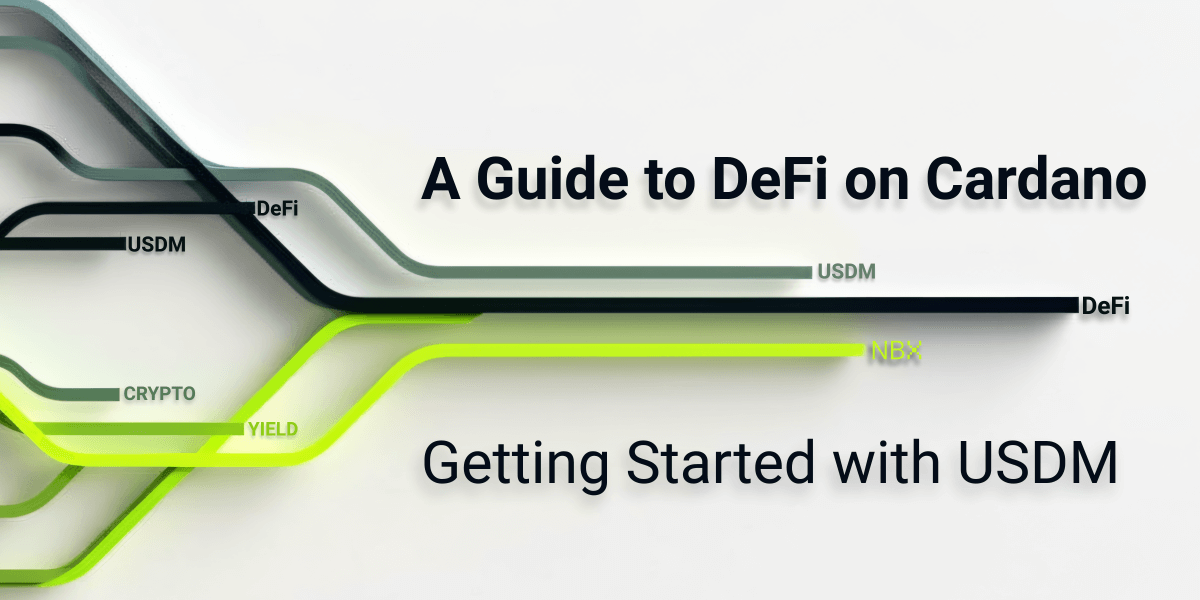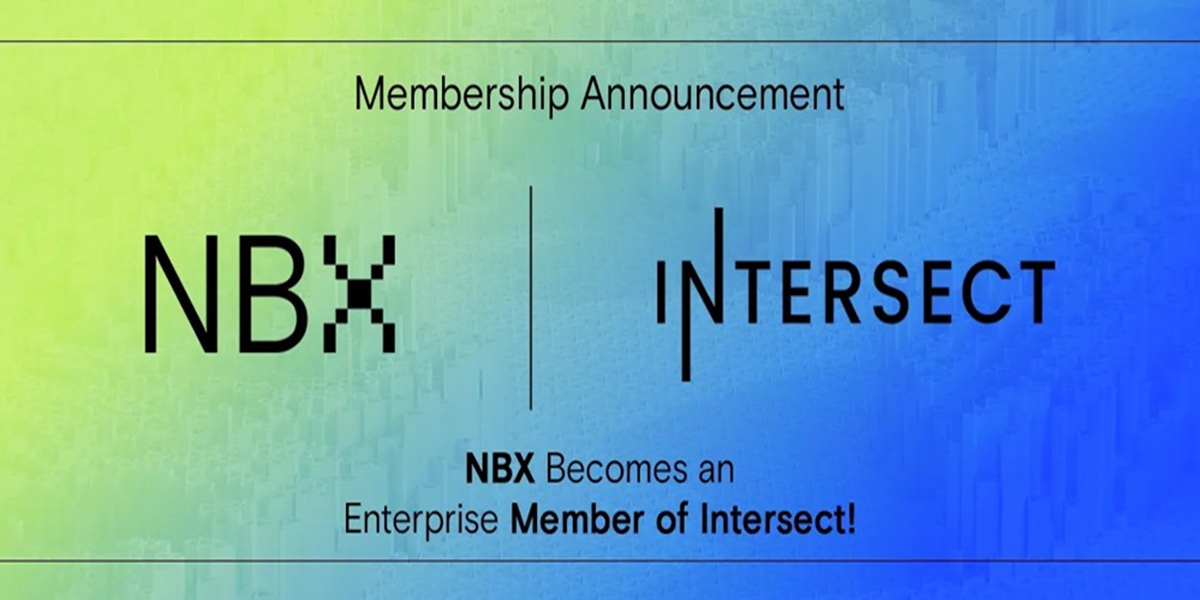Blockchain is secured through a combination of cryptographic techniques, consensus algorithms, and decentralized network architecture. Here are some key elements that contribute to the security of a blockchain:
- Cryptographic Hash Functions: Blockchain uses cryptographic hash functions to create unique digital fingerprints, known as hashes, for each block of data. These hash functions ensure data integrity and immutability by making it computationally infeasible to modify a block without changing the subsequent blocks, alerting the network to any tampering attempts.
- Decentralization and Consensus: Blockchain operates on a decentralized network of nodes or computers, which work together to validate and agree on the contents of the blockchain. Consensus algorithms, such as Proof of Work (PoW) or Proof of Stake (PoS), ensure that a majority of the network participants agree on the validity of transactions and the order in which they are added to the blockchain. This distributed consensus mechanism prevents a single party from controlling or altering the blockchain.
- Distributed Ledger: Blockchain maintains a distributed ledger, which is a copy of the entire transaction history and data across multiple nodes in the network. Each participating node has a copy of the blockchain, ensuring redundancy and resilience. This decentralized nature makes the blockchain resistant to single points of failure and malicious attacks.
- Encryption: Blockchain transactions and data can be encrypted using public-key cryptography, ensuring that only the intended recipient with the private key can access and decrypt the information. This encryption provides confidentiality and privacy for participants in the blockchain network.
- Tamper-Evident Design: Any attempt to modify or tamper with the data in a block is easily detectable within the blockchain. As each block contains a hash that depends on the data within it, modifying the data would change the hash, thereby breaking the chain of hashes and alerting the network to the inconsistency.
- Network Security: Blockchain networks employ various security measures to protect against attacks, such as Distributed Denial of Service (DDoS) attacks, Sybil attacks, and malicious nodes. These measures can include firewalls, encryption protocols, peer authentication, and reputation systems.
While blockchain technology provides robust security, it's important to note that vulnerabilities can still exist at the application layer, smart contracts, or in the implementation of the blockchain protocol itself. Thorough security audits, best practices, and continuous monitoring are crucial to maintaining the integrity and security of a blockchain system.


